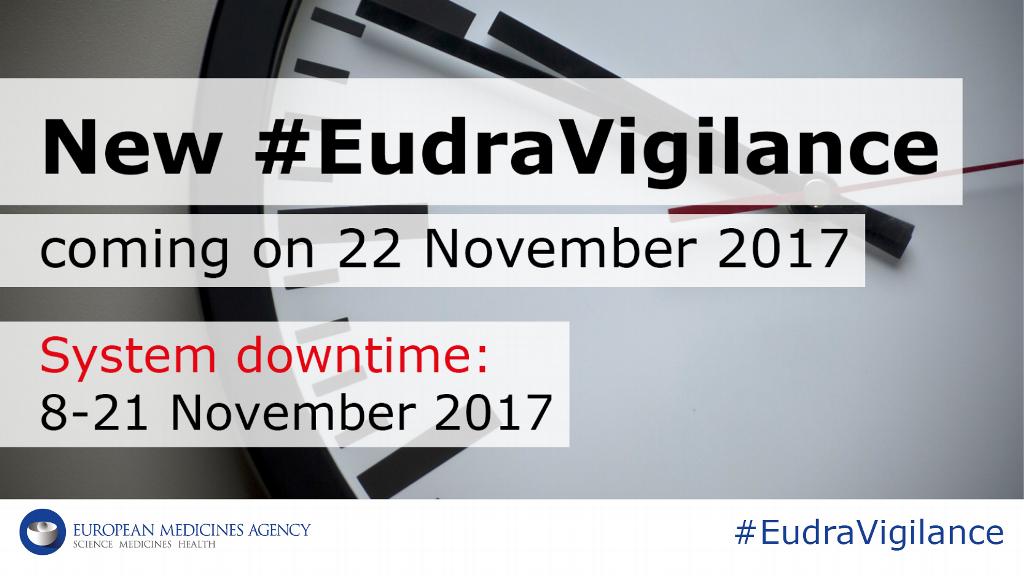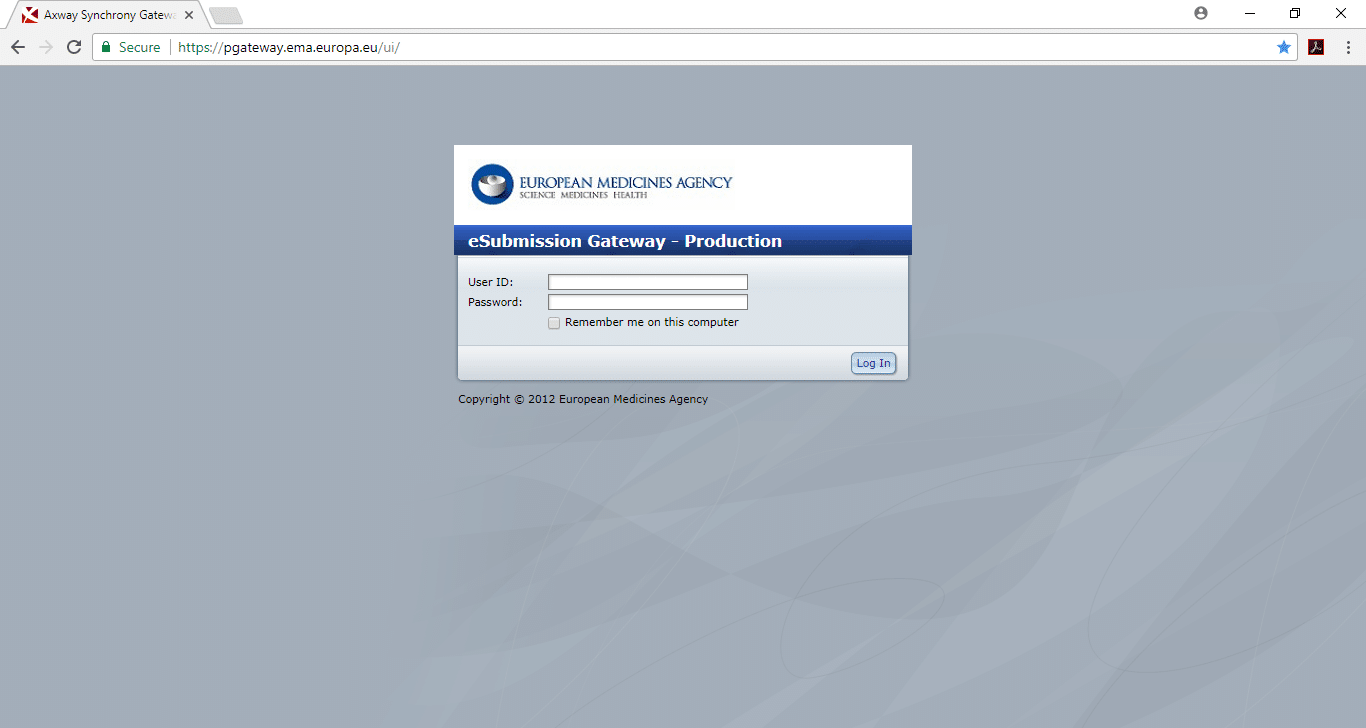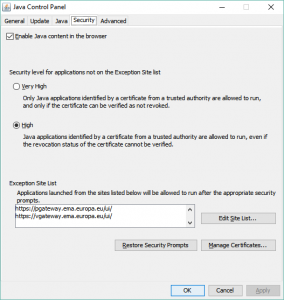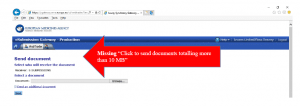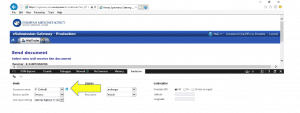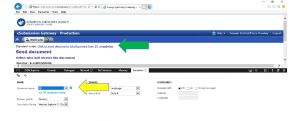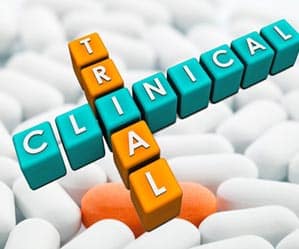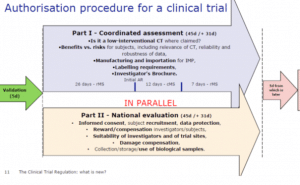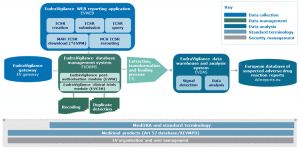Are you Brexit ready?
Brexit in:
[wpcdt-countdown id=”796″]
Test your knowledge, take our Brexit quiz here
What do you want to do next? Do you want to continue to market your product in the EU only, or are you interested in both the EU and UK markets? Read on to find out what you need to do for both scenarios.
If you would like to continue to market your product in the EU there are a few things that need to be finalised before Brexit on the 29th March 2019:
Reference Member State (RMS transfer)
This should have been done yesterday(!) The time it takes depends on the requested RMS’s workload.
Since July 2018 the MHRA is no longer accepting new applications with UK as RMS. However there are some currently authorised products wherein the UK is still the RMS.
If you have products and the UK is currently the RMS then it is vital a RMS transfer is initiated immediately. If there is only one CMS then this CMS should become the RMS (submission required). If there is more than one CMS, the preferred CMS needs to be consulted and a request sent asking them to be RMS. It is the responsibility of the MAH to secure a new RMS. The timeline for such transfers are solely dependent on the workload of the requested RMS.
Marketing Authorisation Holder (MAH) transfer
Needs to be done immediately – the time it takes is dependent on where the application is submitted.
From the 29th March 2019 the MAH for a product licensed in an EU Member State (MS) other than the UK must be based in the EU. Therefore if the MAH is currently based in the UK there needs to be a MAH transfer to one based in the EU.
- If this involves purely an address change (i.e. the marketing authorisation holder remains the same legal entity but they have an address in the EU) then this is a simple type IAin (A.1).
- If the new MAH is a different legal entity then the MAH transfer must follow the guidelines of the currently registered RMS and CMS, at the very least documents such as transfer agreement, proof of establishment, , power of attorney(s), Pharmacovigilance (PV) update, etc., should be in place before submission of the request.
Batch release
Needs to be done within the next 4-8 weeks unless a product is a biological / immunological product in which case submission needs to be immediate.
Products that only have batch release and quality control testing sites for finished product in the UK will have to change the batch release and testing sites for their EU products. For products that have other batch release and testing sites the MAH may choose to delete the UK site(s) or may choose to replace them. For finished products manufactured in the UK an importation site (in EEA) will need to be introduced. In many cases, a single site can perform manufacturing, testing, importation and/or batch release activities.
The timelimes will follow the type IA/IB or type II (biological / immunological product) categories depending on what change is applied for. Please see https://ec.europa.eu/health/sites/health/files/files/eudralex/vol-2/c_2013_2008/c_2013_2008_doc/c_2013_2804_en.doc
PV
Needs to be done asap and in association with any MAH transfers – usually a type IA or type IAin
The Qualified Person for Pharmacovigilance (QPPV) and Pharmacovigilance Site Master File (PSMF) must be based in the EU/EEA.
If you wish to continue to market the product in the UK in addition to the EU:
The MHRA have stated that after Brexit, all currently approved authorisations will be transferred into national procedures and will remain valid.
If an application is in-progress at the time of Brexit the application will need to be submitted to the MHRA again as a national application in the case of CP procedures and that for MR or DC procedures a transitional provision will be made. HOWEVER, this is contingent on a Brexit deal that allows for a transition period. This has not yet been agreed.
To ensure the product can remain on the market / licensed, the UK are proposing the following if there is a no-deal Brexit
- a MAH should be established in the UK by the end of 2020. Until then, the MHRA will require a contact in the UK. A Change of Ownership will need to be submitted to MHRA to change from an EU MAH to a UK MAH for UK MAs
- the Qualified Person for Pharmacovigilance (QPPV) should be established in the UK on day one, although those without a current UK presence will have until the end of 2020 at the latest to do so, but would nevertheless be required to make arrangements for providing the MHRA with access to the relevant safety data related to UK Marketing Authorisations (MAs) at any time. Companies may choose to have the EU QPPV take on responsibility for UK MAs until the UK QPPV can be established. A variation should be submitted to the MHRA to change QPPV. Exact details of this will be consulted upon
- a Qualified Person (QP) for products manufactured in the UK or directly imported into the UK from outside a country on a designated country list (whitelist) must reside and operate in the UK. A QP for products manufactured in a country on a whitelist or manufactured in a third country and imported into the UK from a country on a whitelist can reside in a country on the whitelist.
Do you need help with any of the above or any other regulatory issue?
Contact us! We’re here to help.
Written by Emily Fletcher


